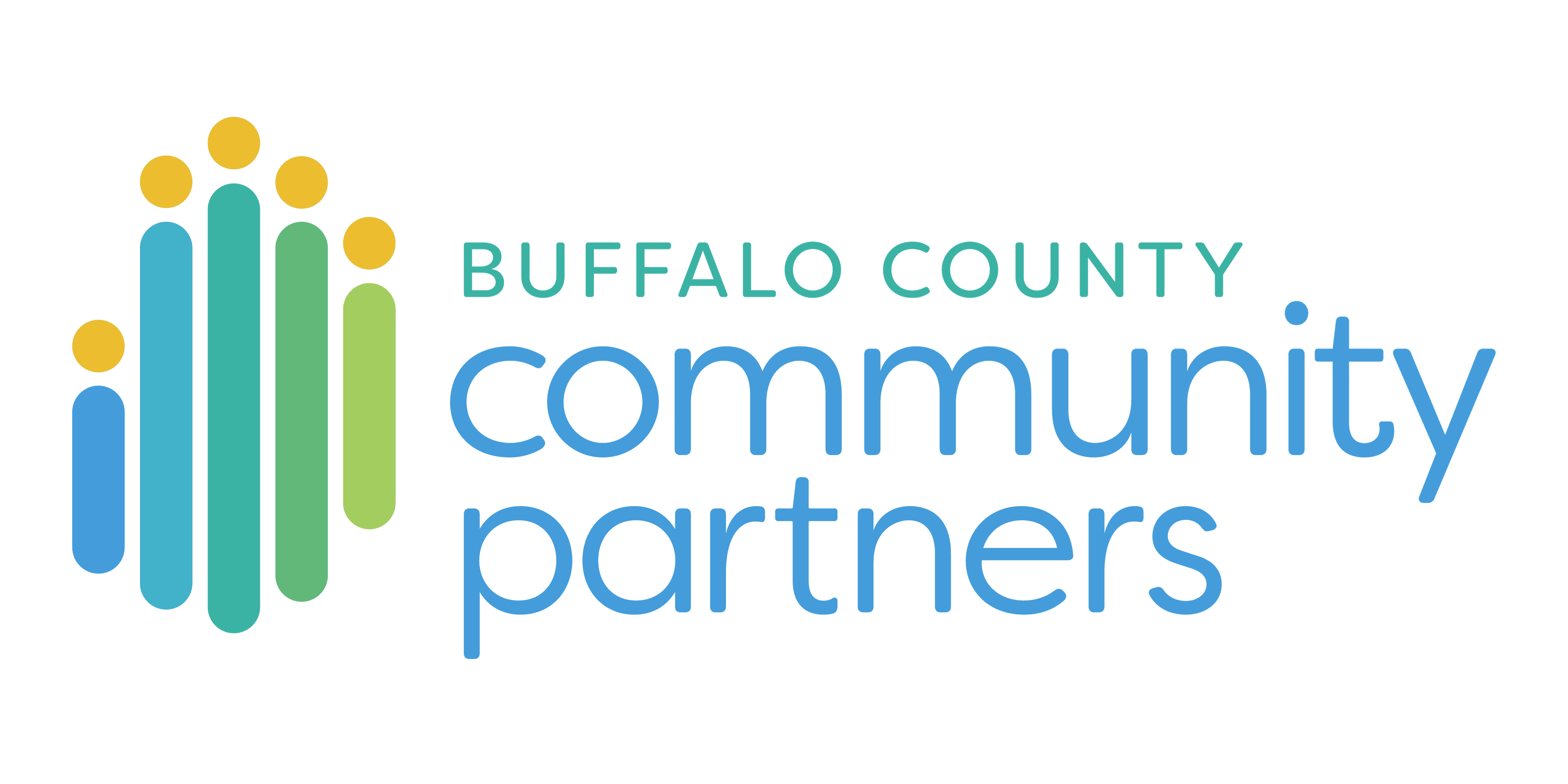 Evaluating our progress towards the 2020 Vision is a major element of what we do, and we conduct biennial surveys of Buffalo County adults and youth to track health and risk factors related to our strategic directions. By doing an oversample in Buffalo County, we have representative data that allows for better health planning and evaluation of interventions aimed at reducing adolescent risk factors. The data also provides a platform to discuss important health issues and create public awareness. To view our past surveys and their results, visit our Assessments page.
Evaluating our progress towards the 2020 Vision is a major element of what we do, and we conduct biennial surveys of Buffalo County adults and youth to track health and risk factors related to our strategic directions. By doing an oversample in Buffalo County, we have representative data that allows for better health planning and evaluation of interventions aimed at reducing adolescent risk factors. The data also provides a platform to discuss important health issues and create public awareness. To view our past surveys and their results, visit our Assessments page.
The Student Health and Risk Prevention (SHARP) Surveillance System is the umbrella that encompasses the coordinated administration of three school-based student health surveys in Nebraska, including the Youth Risk Behavior Survey (YRBS), the Youth Tobacco Survey (YTS), and the Nebraska Risk and Protective Factor Student Survey (NRPFSS). SHARP includes the only student health surveys endorsed by the Nebraska Department of Education and the Nebraska Department of Health and Human Services.
The YRBS is targeted at public high school students in grades 9-12. Questions focus on a variety of health risk behaviors that contribute to the leading causes of death, disability, and social problems among youth and adults in the US. It is the only representative statewide survey of youth covering an array of important health topics.
The YTS is targeted at public high school students in grades 9-12. Questions focus on specific aspects of tobacco use and prevention, including attitudes, perceptions, media exposure, access, cessation, and more. It captures detail beyond the YRBS necessary for effective tobacco prevention among youth.
The NRPFSS is targeted at all public and non-public students in grades 8, 10, and 12. Questions focus on substance abuse, delinquent behavior, bullying, gambling, and risk and protective factors. It provides schools and communities with local data for local prevention planning. In order to prevent problems from occurring, we must identify the factors that contribute to or protect against these problems and target them. Risk factors increase the likelihood of problem behavior while protective factors buffer against the negative influence of risk.
Prior to 2010, schools were asked to conduct surveys three out of every four semesters. With the creation of SHARP, schools are now asked for assistance once every two years. All three surveys are administered at the same time in the fall of even calendar years with the next administration set for the fall of 2014.

